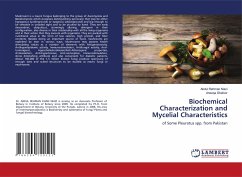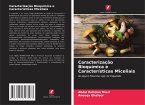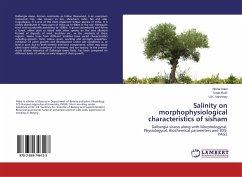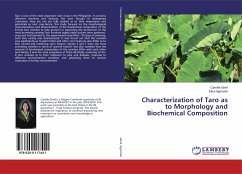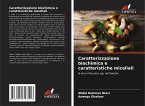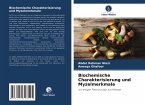Mushroom is a macro fungus belonging to the group of Ascomycota and Basidiomycota which possesses distinguishing sporocarp that may be either hypogeous (underground) or epigeous (aboveground) and big enough to be viewable in unaided sight and to be plucked by hand. They are early descendent, ubiquitous, stunningly alluring, divergent in their configuration, also diverse in their relationship with all the living organisms and in their action that they execute with organisms. They are packed with nutritional value in the form of low calories, high protein, and fiber contents. Besides being an important source of food, mushrooms are exploited by man in various ways. Mushrooms may possess health stimulating values as a number of elements with Antigenotoxicity, Antihyperlipidemic activity, Immunostimulation, Antifungal activity, Anti-tumorigenic, Hypocholesterolaemic/Anti-Atherogenic properties, Antioxidation, Anti-hypertensive, Anti-nociceptive, Immunostimulation, stress diminishing attribute and also convenient for diabetic patients. About 160,000 of the 1.5 million known fungi produce sporocarp of enough sizes and suited structures to be studied as macro fungi or mushrooms.
Bitte wählen Sie Ihr Anliegen aus.
Rechnungen
Retourenschein anfordern
Bestellstatus
Storno

